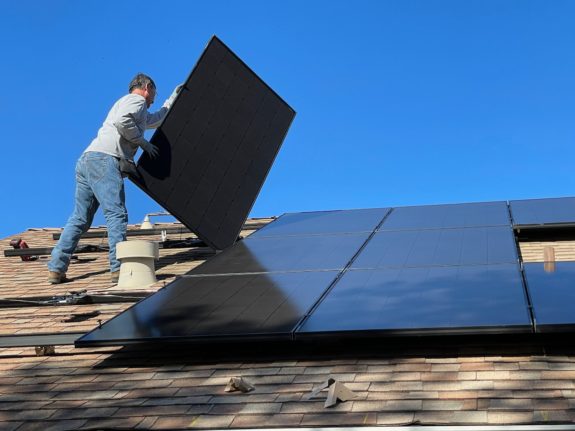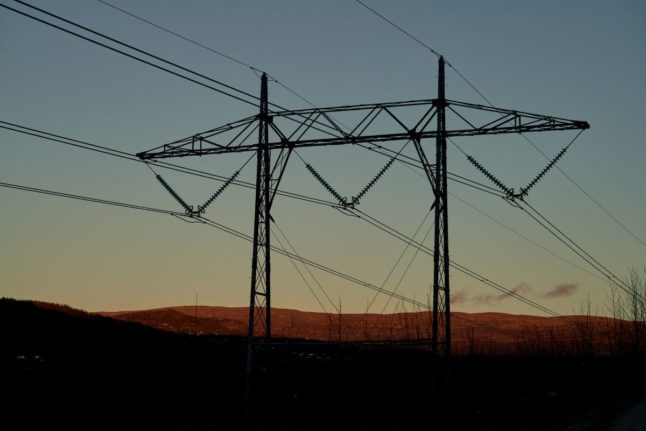While most Norwegian homes do a decent job of retaining heat, there is always room for improvement.
The prospect of soaring energy bills and many wishing to do more for the environment means consumers and households are becoming more conscious about making their homes as energy efficient as possible.
You can make a home more energy efficient in several ways, such as by improving insulation, installing a heat pump, changing windows and doors, or installing renewable energy like solar panels.
However, these measures sometimes take work, and the cost of purchasing and installing energy-saving measures can put many households off, even if the measures will pay for themselves in the long term.
Grants can help offset these costs and help homes make more energy-saving modifications to their home. ‘
But what are the rules for obtaining government grants, who is eligible, and how much can you claim?
Energy grants from Enova
Enova SF, founded in 2001, is a Norwegian government enterprise responsible for promoting environmentally friendly production and energy consumption.
The company, owned by the Ministry of Energy and Petroleum, allows households to apply for grants to install energy-saving measures. The support you can claim depends on the scheme you are applying for.
First up, only households can apply, and the grant must be used on the house to install renewable energy or make it more efficient.
Additionally, you can register one application at a time and only apply for a grant of the same type once. Therefore, if you want to make the most of grants to help pay for making the home more energy efficient, you will need to tackle only one project at a time.
Furthermore, the buyer of subsidy-eligible equipment and the subsidy recipient must be a household member. This means a family member or (very) close friend will not be able to purchase energy-saving products for you.
Unfortunately, grants can’t be granted retroactively for those who have recently made their home more energy efficient. This means grants aren’t paid out for improvements that have already started or been completed.
Subsidies are only awarded for new equipment from the factory.
How to apply
Applying for an Enova grant can be relatively straightforward. First, you will need to head to the website and find the type of subsidy you wish to apply for. When you find the subsidy, you will fill out details about the home, which energy sources you use and the measure you are applying for.
To receive the grant, you will need to submit a report form that accompanies that application, with a receipt for the purchase of the energy-saving measure.
There is bad news for those not up to speed with the language as the application will need to be completed in Norwegian.
What can you get subsidies for?
You can get grants for a lot of different energy-saving measures. Some measures you can receive assistance for are solar power systems, smart power management systems, a smart water heater, a liquid-to-water heat pump, water-borne heat, energy efficiency consultancy, and a bio boiler or oven.
The support you can get ranges from 25 to 50 percent, depending on what you apply for. For example, you can claim a grant for up to 50 percent, or the equivalent of 5,000 kroner, for a consultant to assess where your home can be made more energy efficient.
Alternatively, you can claim up to 150,000 kroner to make the structure of the building more energy efficient or up to 47,500 kroner to install solar panels.



 Please whitelist us to continue reading.
Please whitelist us to continue reading.
Member comments